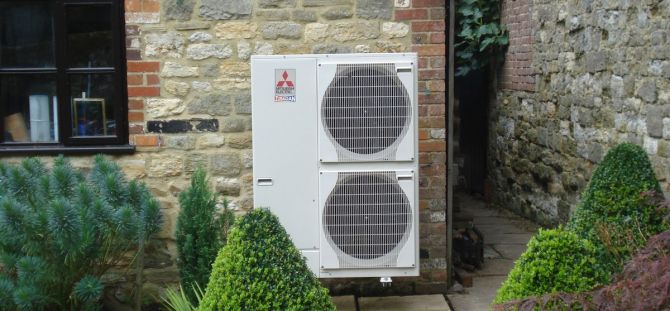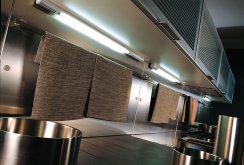Choosing a pump: main characteristics
The problem of the automatic movement of water was probably preoccupied by ancient people when they watered their crops. The first units to direct the flow of water to a height or to the right channel appeared in ancient Greece and quickly dispersed throughout the world. This invention was a pump - a device that converts mechanical energy into the energy of a fluid stream. Its movement was due to the pressure difference at the outlet of the pump and the connected water supply. Currently, pumps are used everywhere, pumping water of varying degrees of purity, gas mixtures, chemicals. Not a single production can do without pumps. They are no less important in everyday life, and if in urban conditions all municipal problems are borne by the city services, then in a private house or in the country they have to be solved independently. What kind of pumps are there and how to choose the right one? Consider their types and characteristics in our review.Intended use of pump classification
All pumps can be divided into two large groups - submersible and surface. The first dive below water level. This allows you to lift liquids to a height or depth. The second is more convenient to use for pumping water from the surface of a reservoir. Submersible pumps, in turn, are divided into three varieties:- well for installation in mine shafts;
- downhole for work in wells;
- drainage for clean and dirty water.
- fountain;
- sewer for external and internal use;
- pumping stations.
Types of pumps for energy supply
For the average user, another classification is more interesting - according to the type of food. Like many other devices and tools, pumps are electric and liquid fuel. Electric models use alternating current for operation. They will be needed only if there is a power grid nearby. When choosing such a model, it is necessary to take into account the voltage in the network and the number of phases. Fuel oil units are powered by an internal combustion engine. Otherwise they are called a motor pump. There are gasoline and diesel varieties. In gasoline models, a mixture of fuel and oil is poured in a certain proportion. Diesel work on diesel fuel. Compared to gasoline, they are more economical, but more noisy.Cleanliness classification of pumps
When choosing a device, you must know firmly how clean the pumped fluids will be. If the wrong choice is made, the unit will quickly fail or will be ineffective in operation. According to the purity of water, pumps are of the following types:- For clean water. These include all surface type pumps, well and well. The solids content for the normal operation of such a pump should not exceed 150g / m3.
- For an average degree of pollution, in which the content of impurities is not more than 200g / m3. Under such parameters, drainage, fountain varieties and some types of pumping stations are suitable.
- For heavily contaminated water that contains more than 200g / m3 of solid particles. Such water requires surface sewer models and some of the drainage ones.
Surface pumps
Such units are popular among summer residents and owners of country houses. They serve to increase the pressure in the water supply system, irrigation system, watering the garden, water supply of the house and baths. Surface pumps include such a popular product as a pumping station. Its main advantage is the ability to work in an unstable power supply. The pumping station consists of:- a system pressure pump;
- a check valve that prevents water from flowing in the opposite direction;
- accumulator, usually a storage tank;
- control unit with sensors and relays.








